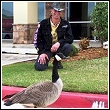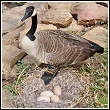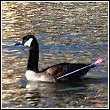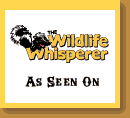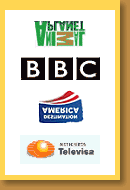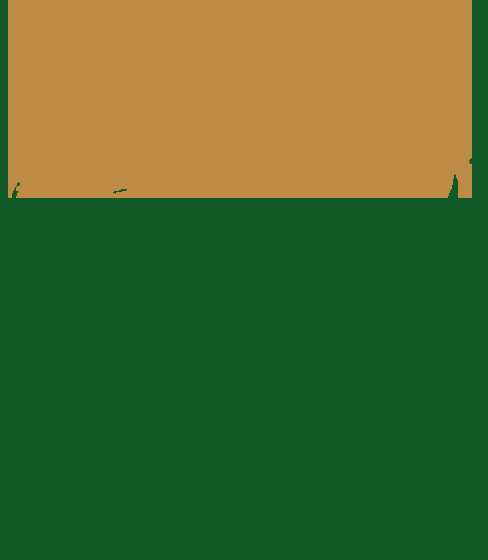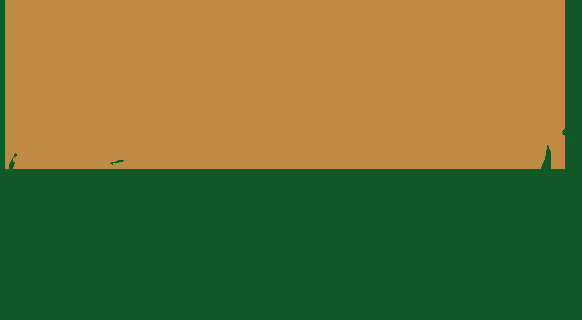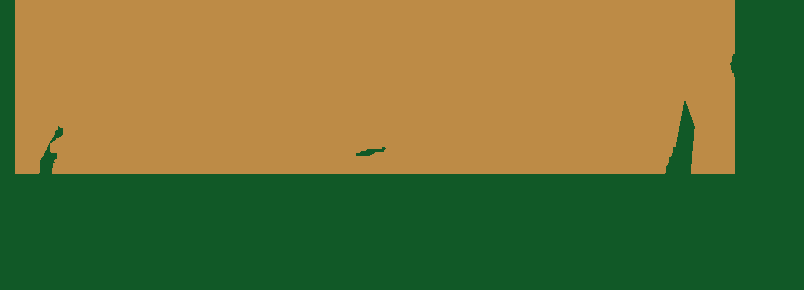Reasons Not To Feed Waterfowl
People enjoy feeding waterfowl, they visit lakes, ponds, and town parks to toss bread, corn, popcorn, or table scraps to the ducks and geese that congregate in these places. People say it makes them feel good to help the ducks, and that it brings the ducks closer for their children to see. But feeding ducks, geese and other waterfowl can actually be harmful to them, potentially leading to disease, behavior disorders and additional wildlife issues.
Potential Consequences
Artificial feeding of waterfowl can lead to:
- Poor nutrition
- Metabolic Bone Disease
- Increased hybridization
- Water pollution
- Delayed migration
- Rat & mouse issues
- Snake, fox and coyote issues when they come for the rodents
- Raccoon, skunk & opossum issues when they come in for the food
- Concentrations at unnatural sites
- Overcrowding
- Spread of disease
- Costly management efforts
- Unnatural behavior
- Cumulative effects
- Devaluation of the species
Read on to explore this issue and decide for yourself whether you want to continue feeding waterfowl.
Below is a photo of what's left of some resident geese who were fed regularly by a family in the neighborhood where they settled. Coyotes came in and ate the geese. Had the geese not been fed daily, they may not have called that pond their home, may not have become residents, and may still be around today.
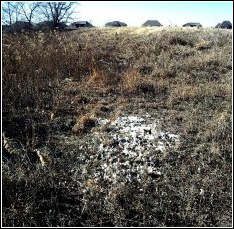
Read on to explore some other reasons not to feed waterfowl and decide for yourself whether or not you want to continue feeding them.
Nutritional Issues
It would seem that providing food for ducks and geese would make them healthier, however, this is not the case. Waterfowl at artificial feeding sites are often found to suffer from poor nutrition. In natural settings, waterfowl seek and feed on a variety of nutritious foods such as aquatic plants, natural grains, and invertebrates. Many of the items commonly used to feed waterfowl (bread, corn, popcorn, etc.) are low in protein and are very poor substitutes for natural foods.
Natural foods are also widely scattered. Ducks and geese are able to find these foods and eat them in relative seclusion. At artificial feeding sites, competition for each scrap or kernel is high. Some ducks and geese (usually the youngest) are unable to compete for handouts.
Visible symptoms of poor nutrition and advanced stages of starvation are often seen at artificial feeding sites. For example, waterfowl may have drooping wings or may lose their ability to fly.
Metabolic Bone Disease
Bread and other "human" foods can lead to a disease in ducks and geese known as Metabolic Bone Disease (MBD). This disease is the result of a nutritional imbalance and can lead to painful beak, bone and claw issues. Enlarged parathyroid glands, weakness, lethargy, and appetite loss are also just a few of the complications of the condition.
This metabolic bone disturbance is termed rickets in young birds, and metabolic bone disease (syn: nutritional hyperparathyroidism / osteoporosis) in older ones.
Disease
When ducks and geese feed on scattered corn or bread, they eat in the same place where they defecate, which is not healthy. In addition, large concentrations of waterfowl would facilitate the spread of disease, which is also not healthy. Diseases generally not transmissible in a wild setting find overcrowded and unsanitary conditions very favorable.
Most waterfowl die-offs in the past 10 years have involved artificial feeding:
- 2,000 mallards and black ducks were killed in an outbreak of Duck Virus Enteritis in Central New York.
- Another fatal disease, Aspergillus, occurs when food is scattered too liberally. It piles up and becomes moldy.
- In Cheektowaga, New York, hundreds of ducks were killed in an outbreak of Avian Botulismat a feeding site. A local ordinance was later passed to prohibit the feeding of waterfowl. An added bonus … rat populations that fed well on waterfowl handouts have since declined.
- In some cases, humans have been affected by disease transmitted by waterfowl. In Skaneateles, New York, swimmers contracted Swimmer’s Itch, caused by a parasite that was emitted from ducks attracted to artificial feeding at the town park.
Overcrowding
Feeding attracts birds in unnatural numbers, beyond natural food and water supplies, and frequently in numbers beyond what people will tolerate. Over-grazed and badly-eroded lawns, golf courses, and school playing fields are often the result of overcrowding. Grassy areas such as ball fields and golf courses can become unsanitary and unusable.
Delayed Migration
Feeding alters normal migration patterns of waterfowl by shortening or even eliminating them. Ducks, reluctant to leave in the winter, may not survive sudden cold. If the artificial feeding is stopped in time, ducks and geese can quickly adapt to finding natural foods and will follow their companions south.
For example, in West Haven, Connecticut, 30 swans died from starvation at an artificial feeding site during the harsh winter of 93-94. Meanwhile, over 800 swans survived nearby on natural food.
Unnatural Sites
Artificial feeding often attracts birds to human habitats-parking lots, fast-food restaurants, and retention ponds-where they are more subject to accidental death. Natural cover, which can provide protection from bad weather and predators (even dogs and cats), is often lacking at these feeding sites.
Unnatural Behavior
Waterfowl can rapidly become conditioned to, and dependent on, handouts. Fed ducks and geese behave differently. They become more aggressive and eventually lose their wariness of humans. Some will not survive because they can’t compete. Many will lose the quality which endears them to most people, their wildness.
Increased Hybridization
At many feeding sites, domestic ducks have interbred with mallards, further compromising the wild population.
Water Pollution
Excess nutrients in ponds caused by unnatural numbers of waterfowl droppings can result in water-quality problems such as summer algal blooms. And where waterfowl congregate to feed, E-coli counts can swell to levels that make the water unsuitable for swimming.
Costly Management Efforts
Many damage-avoidance techniques such as chemical repellents, fencing, or noise makers are costly and may even be useless once animals lose their fear of humans. At times, some people and states find it necessary to destroy nuisance waterfowl because of the damage they cause.
Cumulative Effects
It may be hard to imagine that a handful of bread could contribute to such a growing problem. Compound that, though. In most cases where artificial feeding occurs, one well-intentioned feeder leaves and another soon arrives.
Each person that cares enough to become educated about the effects of artificial feeding can make a difference. This problem requires cooperation from everyone, but the solution starts with each individual. One person may choose to discontinue feeding. Another person may decide to put up a sign to discourage others from feeding.
Clearly, you do not need to feed waterfowl in order to enjoy them. In fact, it should be apparent now that the best thing you can do for the overall benefit of waterfowl is to stop artificial feeding.
Signs And Handouts
Sending handouts to development residents is a great way to educate them regarding why they shouldn't feed geese or any other waterfowl on the property. We've put one together for you that you can print and/or copy into an email. We also have 18"x24" aluminum signs for sale that can help prevent injuries and the potential lawsuits that come with them.
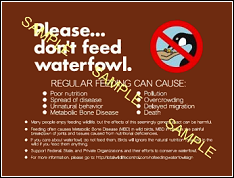
1242 SW Pine Island Rd., Suite 310
Cape Coral, Florida 33991-2126
help@totalwildlifecontrol.com



